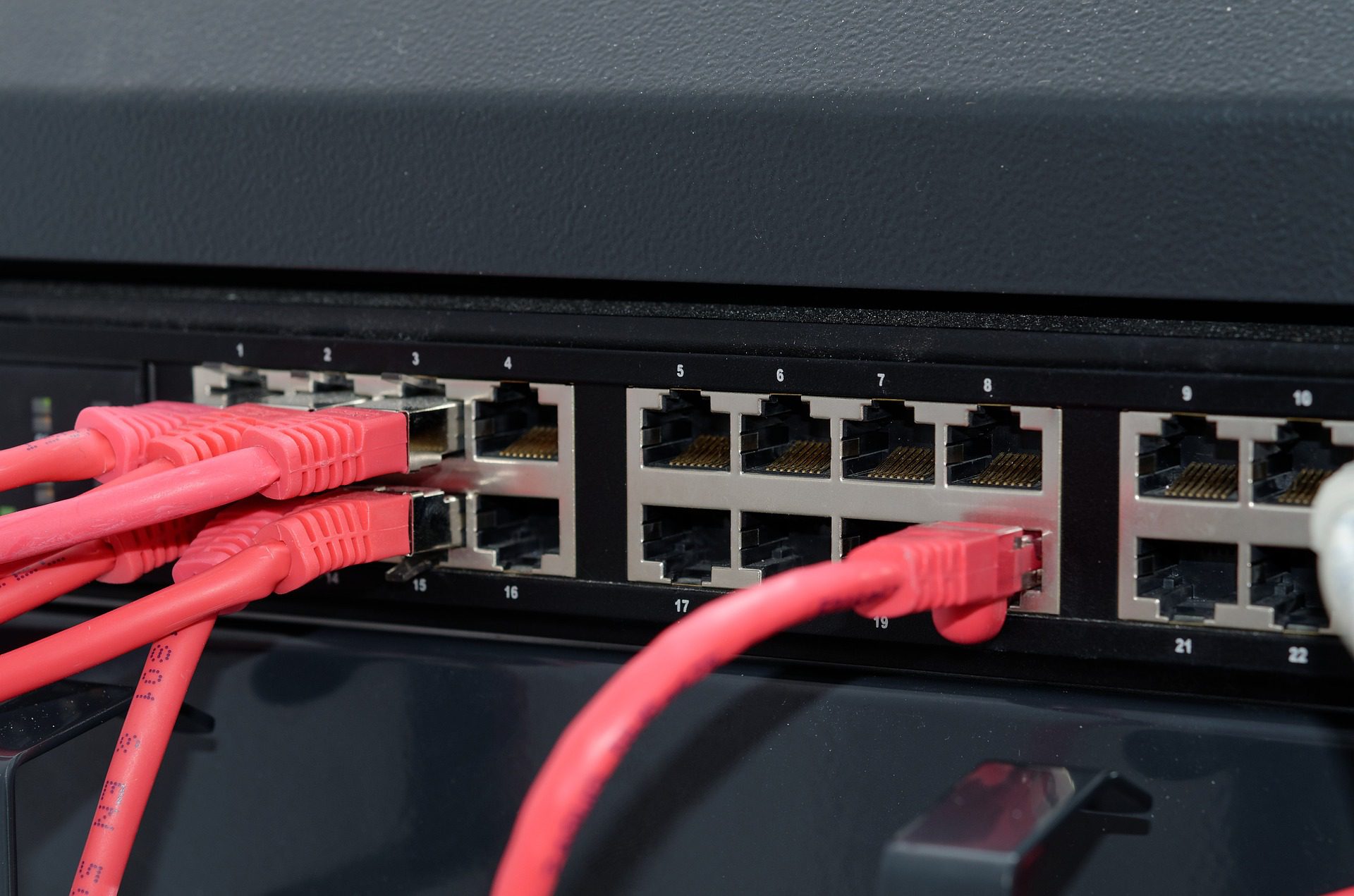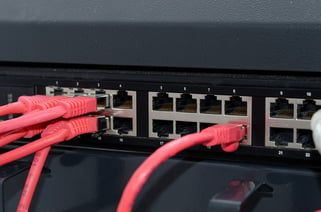How Many ISPs Should Be In My Office Building?
Posted:
2 / 6 / 2020
Tagged:

Think of an office building as a marketplace for internet service providers (ISPs).
Unlike a home where only one provider (Comcast and Verizon in America or Rogers and Bell in Canada) is present, a building’s management has the opportunity to make several ISPs available to their tenants. It is the building’s responsibility to have the infrastructure and paperwork in place to facilitate multiple ISPs to run the cable from the street through the building’s risers in an efficient manner.
But how many ISPs are enough? In short, the more the better. On average, a WiredScore Certified building offers five different ISPs (the most inside a WiredScore Certified building is 17).
An abundance of ISPs benefits tenants due to three factors: 1) Power of Choice 2) Variety of Services and 3) Greater Redundancy. Ultimately, tenants and their brokers should be asking about several factors that play into a building’s tech and connectivity and the number of ISPs is a crucial part of that.
Power of Choice
If an office building is a marketplace, then competition is one of its greatest strengths. Conversely, a monopoly within the marketplace could hurt its participants.
When a building owner allows multiple ISPs to extend their services within a property, it allows those companies to compete for the business of the tenants inside. If only one ISP is available in the same circumstance, that provider has the opportunity to set prices at their own discretion.
Building owners can take steps toward preparing their building for ISPs by having a standard entry agreement in place and capacity within the building’s point(s) of entry, as well as the building risers to support cabling from multiple ISPs.
Variety of Services
Just as no two tenants are the same, the same rings true for their connectivity needs. Because some ISPs provide different services than others, some are better suited to serve certain tenants than others.

Having a group of ISPs for tenants to choose from means the latter can better choose the right ISP for their needs. For example, a company may want dark fiber service because it heightens security (dark fiber refers to fiber optic cable that is unused but can be “leased” from an ISP to a single company).
Just as you would never walk into a food court with only one type of food, neither should tenants be restricted to only one ISP when they’re determining which best fits their business’ needs.
Redundancy
The third reason why more ISPs is best within office buildings deals with redundancy. While the word redundant may evoke negative connotations in everyday life, it is actually a positive in the telecommunications world. Redundancy is created by taking additional measures to decrease the risk of internet outages. True redundancy requires both diverse points of entry (POEs) and diverse risers.
A POE is where internet service providers’ cabling comes into the building from the street. Having at least two POEs, ideally on separate sides of the building, helps ensure that if one POE encounters a problem the other will be unaffected.
When an abundance of providers is in a building, tenants can benefit from the peace of mind that if one provider’s services may be out for any various reason, another will be available as a backup.
What is considered Best in Class?
WiredScore Certification acts as a signal to the marketplace that a building possesses best-in-class connectivity and tech-readiness. Part of the Certification’s requirement is the number of ISPs in a building. On average, a Wired Certified building offers five different ISPs (the most inside a Wired Certified building is 17).
To learn more about WiredScore’s services and WiredScore Certification, or to have impactful content about in-building tech sent to you, fill out the form below.